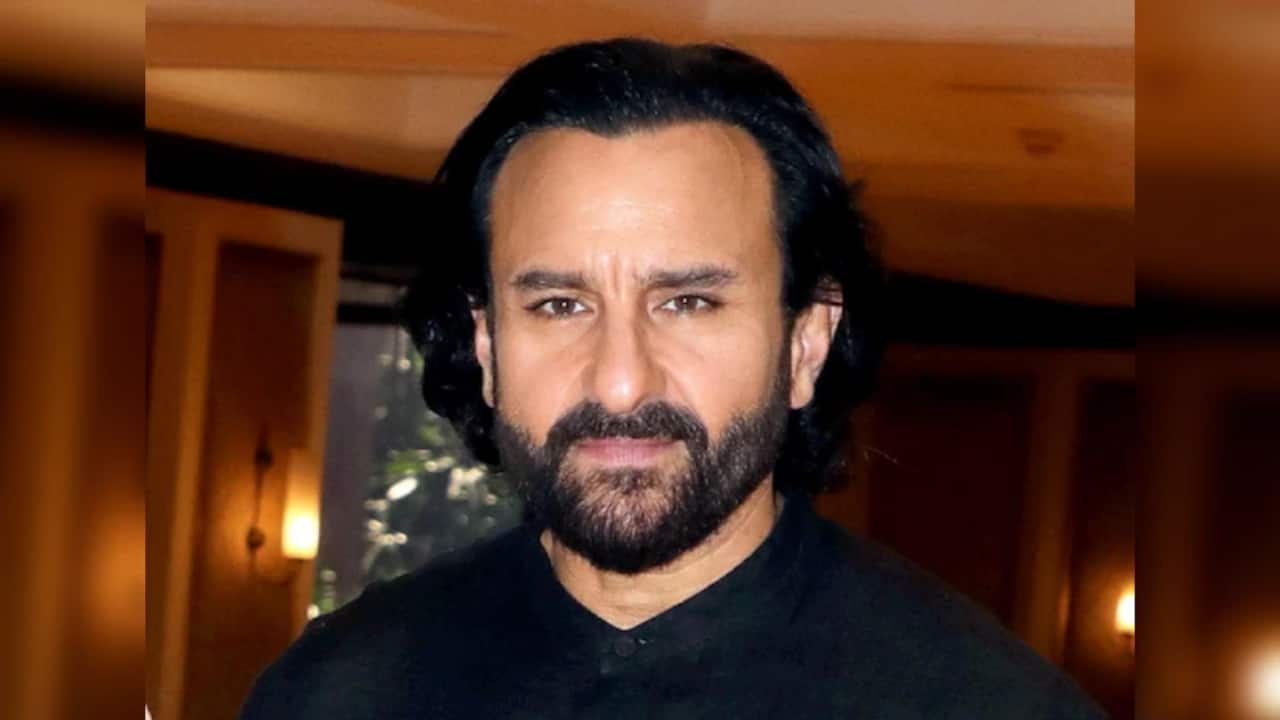 |
|
The recent stabbing incident involving actor Saif Ali Khan has ignited a firestorm of media attention, sparking a heated debate about celebrity privacy, the role of the paparazzi, and the stark disparities within the justice system. The incident, which occurred on January 16th, saw Saif Ali Khan sustaining injuries during an alleged robbery and home invasion at his residence. While the immediate aftermath focused on the actor's well-being and the apprehension of the suspect, the subsequent media coverage took a far more complex and multifaceted turn. The sheer volume of reporting, ranging from minute-by-minute health updates to speculative accounts of the events, created a maelstrom of information, much of it unsubstantiated and even insensitive.
One of the most striking aspects of the media's response was the intense focus on seemingly trivial details. The choice of transportation used to take Saif Ali Khan to the hospital – an auto-rickshaw – became a symbol of the fleeting nature of life, while seemingly inconsequential details like the interior design of his home were dissected and shared across various platforms. This relentless pursuit of information, often crossing the boundary into intrusion, raised serious questions about the ethics of media coverage and the right to privacy, particularly for high-profile individuals and their families. Kareena Kapoor Khan's plea for privacy, expressed through a since-deleted Instagram post, served as a focal point for this debate, highlighting the conflict between celebrities' need for privacy and the public's seemingly insatiable appetite for celebrity news.
The incident also highlighted a critical issue: the glaring inequities in the Indian justice system. The speed and efficiency with which the police responded to Saif Ali Khan's case, compared to the experiences of ordinary citizens, brought to light the inherent biases and structural inequalities that pervade the system. This disparity sparked widespread discussion on social media, with many questioning whether a common man would receive the same level of attention and swift action from law enforcement. The sentiment, frequently expressed in the phrase “Agar Saif ke saath ho sakta hai toh…”, underscored the frustration and anger felt by those who see the system rigged in favor of the wealthy and influential. This underscored the crucial need for equitable application of justice regardless of social standing or economic status.
The role of the paparazzi in this saga remains a complex and controversial aspect. While their presence can be perceived as an invasion of privacy, especially in the emotionally charged aftermath of a traumatic event, their contribution to the media frenzy cannot be ignored. The pursuit of exclusive photos and footage, fueled by the public's desire for inside access to celebrity lives, often blurs the lines between responsible reporting and exploitative sensationalism. The images of Sharmila Tagore being blinded by flash photography and the intrusion on Saif Ali Khan's children further illustrate the ethical dilemmas faced by photographers and media outlets in covering such events. This highlights the necessity of a clearer code of conduct and stricter regulations governing the paparazzi's activities to ensure ethical and responsible reporting without compromising the privacy and safety of those involved.
Beyond the immediate consequences of the incident, the Saif Ali Khan stabbing case has raised broader concerns about safety and security in Mumbai. The attack, following the murder of Baba Siddiqui and the threats from Lawrence Bishnoi, has prompted renewed calls for improved security measures and stricter law enforcement. The incident served as a stark reminder of the vulnerability even high-profile individuals face, prompting a larger conversation about the safety and security of all citizens, regardless of their socioeconomic status. The incident also highlighted the problematic relationship between celebrities and the paparazzi, a symbiotic yet often contentious connection that necessitates a reevaluation of boundaries and ethical considerations on both sides. The ongoing debate highlights the need for a more responsible and ethical approach to celebrity news coverage, balancing public interest with the right to privacy and ensuring a more equitable justice system for all.
In conclusion, the Saif Ali Khan stabbing incident serves as a case study in the complexities of celebrity culture, media ethics, and the justice system. It exposed the inherent biases within the system, the often-blurred lines between public interest and privacy intrusion, and the ethical dilemmas faced by both celebrities and the media in navigating this increasingly complicated relationship. While the immediate aftermath may have subsided, the larger issues raised by this incident demand careful consideration and proactive steps towards a more just, equitable, and ethical media landscape. The incident serves as a potent reminder that the pursuit of news, while vital in a democratic society, must always be tempered with a deep respect for human dignity and privacy.
Source: Saif Ali Khan attack case: Decoding the media frenzy around the stabbing incident
